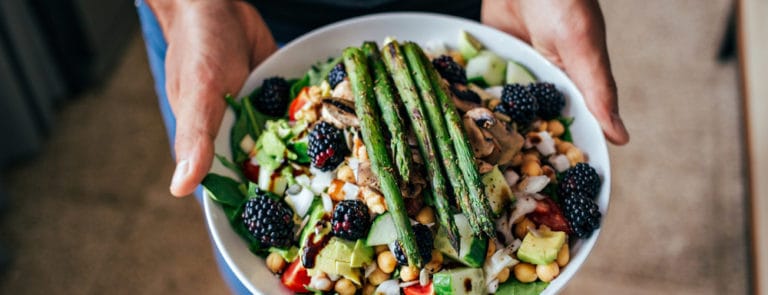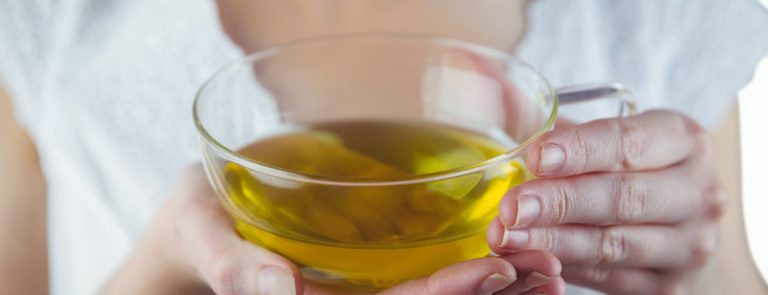20% off €35
Code:EASTER
Can I do the paleo diet as a vegetarian?

If you're vegetarian and are not sure if the paleo diet is suitable for you considering it includes meat. Great news! There are ways to circumvent this. Here they are.
Give the caveman diet a plant-based twist
The basics of the paleo diet are simple; reducing the amount of processed foods and increasing the amounts of wholesome fruits, vegetables, nuts and seeds.
However, when you dig a little deeper, it doesn’t appear to be a particularly veggie-friendly choice.
Followers of the diet take a step back in time, namely 2.6 million years ago to the Paleolithic era, to eat only the food of their cavemen ancestors.
Mealtimes usually serve up at least one portion of meat or fish and leave out vegetarian staples like grains, pulses and legumes.
So that rules out the diet altogether for veggies, right? Well, not exactly. The paleo diet is possible if you’re a vegetarian – it just involves some clever and creative meal plans and bending the rules on occasion.
What is the paleo diet?
Going paleo means following a very simple principle: If a caveman or cavewoman could have sourced the food, then you can eat it. If they couldn’t, then it should stay clear of your plate. That’s why paleo is often referred to as the “caveman diet” or the “hunter-gatherer diet”. As a result, followers adopt an all-natural pantry full of fresh ingredients, including plenty of fruits, vegetables, nuts, fish and grass-fed meat. Paleo advocates believe our bodies haven’t evolved to cope with a diet full of the processed foods, grains and dairy that western farming and manufacturing has bombarded us with. With this in mind the diet prohibits:- All grains – like wheat, rice, corn and oats
- Dairy products – like milk, yoghurt and cheese
- Legumes – like beans, lentils and chickpeas
- Root vegetables – like potatoes and onions
- Heavily processed foods – including some vegetable oils and refined sugar
So what can you eat on the paleo diet if you’re vegetarian?
Other than meat and fish, the list of paleo-friendly foods is incredibly inclusive of a vegetarian diet:- Fruits
- Vegetables
- Nuts and seeds
- Cage-free eggs
- Unrefined added fats – like olive oil and coconut oil
However some, like beans and lentils, are a good source of protein, so perhaps something to consider The benefits of this style of eating are well established, and thus you can reap these benefits even by including some protein sources to ensure you are getting enough such as legumes/beans or dairy products.
Otherwise, eggs will be the go-to protein source for many of your paleo meals. Remember though, they should be produced from a cage-free environment.
Calcium is another hard-to-get mineral for anyone following this diet, not just vegetarians.
Sesame seeds are a great option though – a serving of around 100 grams will provide your recommended daily intake of calcium. Ancient seeds such as buckwheat and amaranth are also a great way of adding grain-like fibre to your diet.



